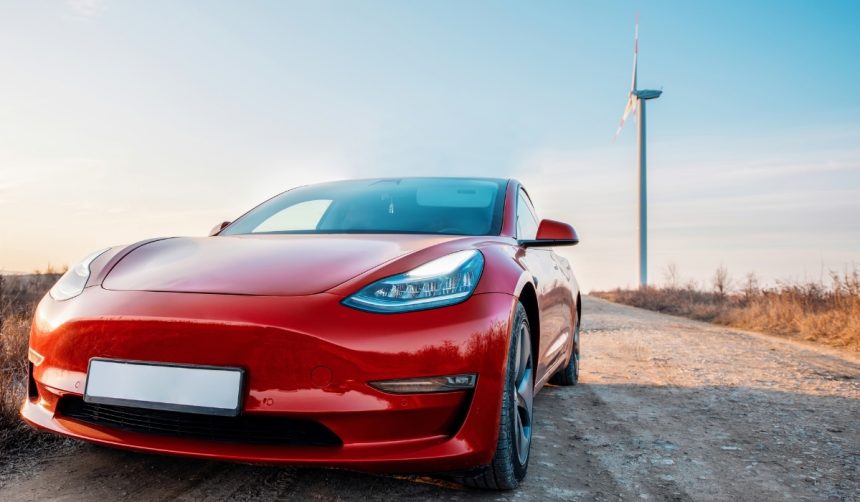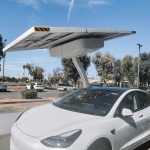Drivers engaging with semi-autonomous technologies often find themselves weighing convenience against control, and Tesla’s “Mad Max” driving mode brings this balance under the spotlight. Introduced as part of Tesla’s Full Self-Driving (Supervised) features, “Mad Max” offers a more assertive and fast-paced driving profile. While some see it as simply another tool for navigating busy roads, others express reservations about the mode’s real-world implications, especially as it recently drew regulatory attention. The debate reflects wider concerns about autonomy in vehicles and the extent to which advanced driver-assistance systems should influence real-time driving behavior, especially in unpredictable traffic environments.
Previous discussions of Tesla’s “Mad Max” mode primarily revolved around user anecdotes and online reviews, with many observers characterizing it as aggressive but innovative. Earlier coverage often lacked hands-on analysis and instead speculated on its safety and appropriateness for public roads. Recent regulatory inquiries, along with first-person reports, have shifted the conversation toward actual experiences and possible regulatory responses. Compared to earlier news cycles that focused on hypothetical risks, the current scrutiny arrives as more concrete feedback and official probes provide a clearer picture of user adaptation and government oversight.
What Triggers Regulatory Attention?
The U.S. National Highway Traffic Safety Administration (NHTSA) recently opened a probe into Tesla’s “Mad Max” mode, concerned about how its Speed Profile manages lane changes and speed compared to traditional human driving. The agency asked Tesla to provide details on how drivers remain ultimately responsible for vehicle operation. Regulatory focus centers on whether this assertive mode undermines the expectation that a human must maintain control, particularly when such technology nudges the boundaries of standard driving conduct. According to Tesla, they maintain that “Mad Max” is an optional setting and reaffirm,
“The driver is always required to be in control of the vehicle when using Full Self-Driving (Supervised) features.”
How Do Drivers Experience “Mad Max” Mode?
Users who have tested “Mad Max” describe it as more decisive in merging and overtaking, mirroring common behaviors seen on busy highways. For some, its willingness to pass slower vehicles and respond to fast-moving traffic aligns well with regional driving norms, while others perceive certain maneuvers, such as frequent lane changes or brisk acceleration, as vehicles acting outside their comfort zone. In practice, however, “Mad Max” does not always exceed local driving habits and often performs similarly to human drivers adapting to dense, high-speed routes. One user shared,
“I never felt unsafe while using Mad Max mode, but its speed did make me wonder how law enforcement might react on certain roads.”
Are Concerns Over Safety Justified?
While regulatory agencies like the NHTSA emphasize the need for driver attentiveness and responsible use, advocates of the system argue that “Mad Max” merely digitizes maneuvers many drivers routinely make themselves. Critics assert that combining semiautonomous features with aggressive driving profiles increases the risk if drivers grow complacent. Nevertheless, unlike conventional sport modes in performance cars, “Mad Max” operates within Tesla’s supervised driver-assistance framework, which is designed to ensure driver oversight at all times. Ongoing regulatory assessments will help clarify the degree to which such features should be constrained to uphold public safety on highways and in residential environments alike.
Tesla’s approach to automated driving, particularly through clearly labeled and tiered Speed Profile options—such as “Mad Max” and “Sloth”—continues to spark dialogue between enthusiasts, critics, regulators, and everyday users. Earlier reports on Tesla’s more assertive profiles were largely speculative; now, increased empirical feedback and regulatory attention are shaping a more substantive debate. As the technology undergoes scrutiny, citing both user experience and official action adds needed context to understanding its true societal role and impact.
Understanding the nuances of Tesla’s “Mad Max” mode helps drivers and policymakers grapple with distinct responsibilities that semi-autonomous vehicles introduce. The interaction between regulatory agencies and manufacturers like Tesla signals an evolving landscape, where both user adaptation and official oversight become necessary to set clear boundaries for self-driving technology. For motorists, familiarity with these settings and adherence to local traffic laws remain essential, while those considering such features should recognize that comfort with more assertive profiles varies widely. Future regulatory updates may bring adjustments, but informed and attentive driving will always be central in the interim to ensuring road safety with semi-autonomous vehicles like those from Tesla.
- Tesla “Mad Max” mode invites regulatory and driver scrutiny.
- NHTSA requests assurances over sustained human control usage.
- User experiences diverge; regulatory reviews remain ongoing.










